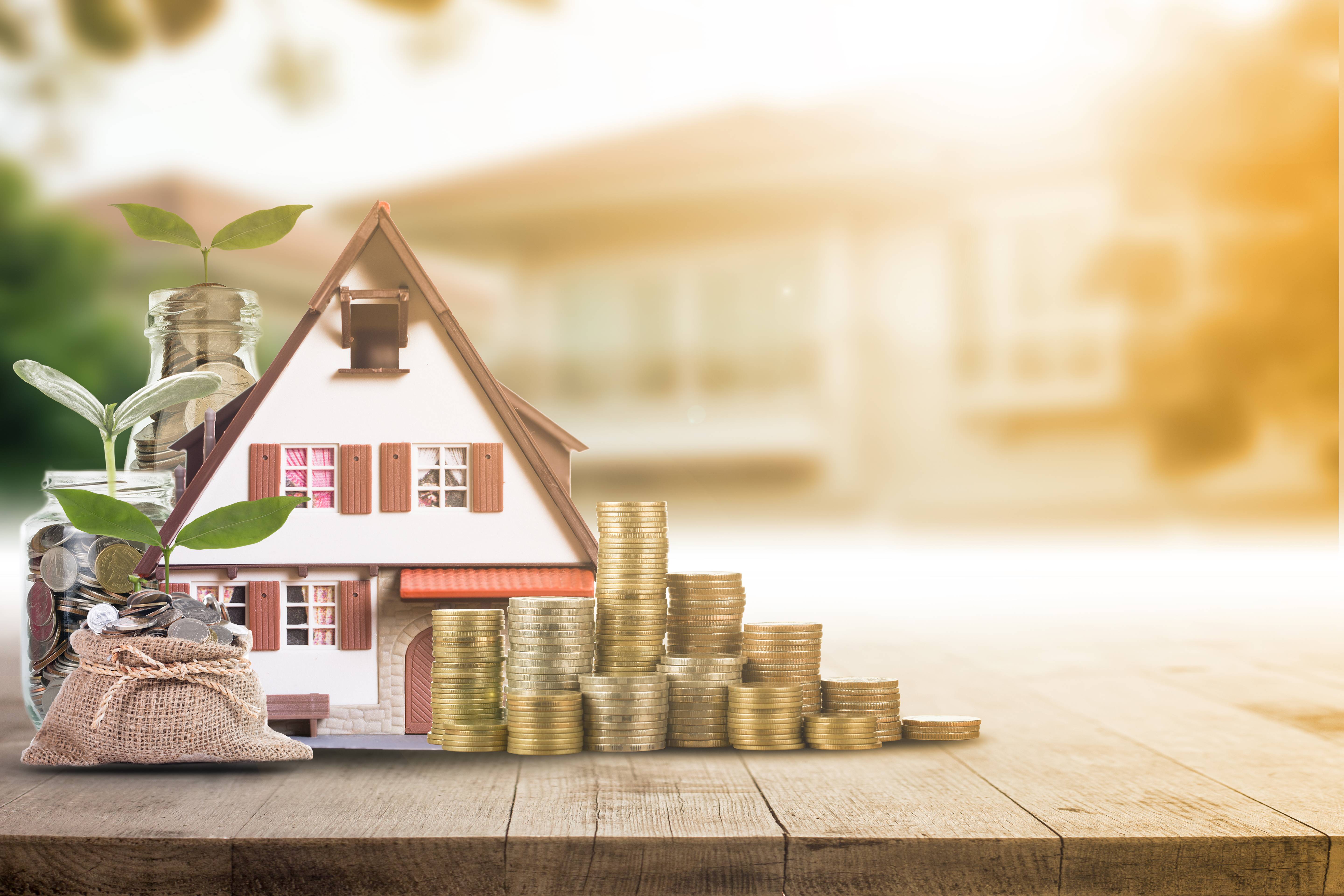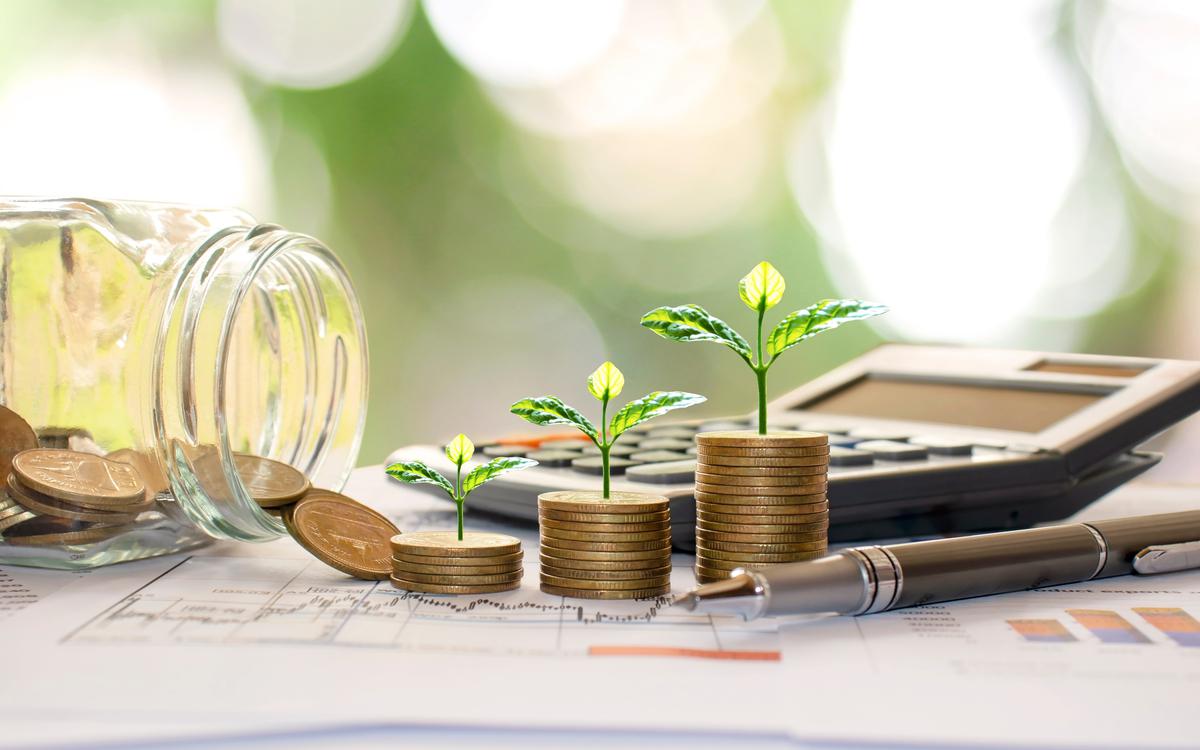Understand Key Financial Metrics
Net Operating Income (NOI):

- What It Measures: The income a property generates from rent after deducting operating expenses but before accounting for financing costs and taxes.
- How to Use It: Helps you gauge the property’s ability to generate income from its operations.
Capitalization Rate (Cap Rate):
- What It Measures: The ratio of the property’s NOI to its value. It gives an indication of the return on investment based on current property value.
- How to Use It: Useful for comparing different properties or understanding the return relative to property value.
Cash Flow:
- What It Measures: The amount of money left after paying the mortgage and operating expenses. Positive cash flow means the property is generating more income than it costs to operate and finance.
- How to Use It: Shows whether the property will provide a regular income stream.
Return on Investment (ROI):
- What It Measures: The overall return from the investment, including income and any increase in property value.
- How to Use It: Helps you understand the total return relative to the amount invested.
Gross Rent Multiplier (GRM):
- What It Measures: The property’s price relative to its rental income. A lower GRM suggests a potentially better investment.
- How to Use It: Gives a quick snapshot of how the property’s price compares to its rental income.
Internal Rate of Return (IRR):
- What It Measures: The annualized return on investment considering all cash flows and the holding period.
- How to Use It: Provides a comprehensive view of the property’s profitability over time.
Cash-on-Cash Return:
- What It Measures: The return on the actual cash invested in the property.
- How to Use It: Helps you assess the immediate cash yield from the property.
**2. Evaluate Your Property

Calculate Gross Rental Income:
- What to Do: Determine how much you can earn from rent and any additional income sources (like parking fees or laundry facilities).
Estimate Operating Expenses:
- What to Do: Identify and sum up all regular costs needed to maintain and operate the property, such as property management fees, maintenance, taxes, and insurance.
Determine Property Value:
- What to Do: Get an appraisal or compare the property to similar ones in the market to understand its current market value.
Assess Mortgage Payments:
- What to Do: Understand your annual mortgage payments, including both principal and interest.
**3. Analyze Your Investment
Calculate Cash Flow:
- What to Do: Subtract your annual mortgage payments and operating expenses from your gross rental income. Positive cash flow indicates the property is financially viable.
Evaluate Cap Rate:
- What to Do: Compare the property’s NOI to its value to get an idea of the potential return relative to the property’s price.
Review ROI and Cash-on-Cash Return:
- What to Do: Compare the annual cash flow and any increase in property value to your total investment to understand your overall return and immediate cash yield.
Consider IRR:
- What to Do: Use financial tools or software to calculate the annualized return, taking into account all projected cash flows and the length of time you plan to hold the property.
**4. Consider Additional Factors
Vacancy Rates:
- What to Do: Account for possible periods when the property might be unoccupied, which can affect rental income.
Maintenance and Repairs:
- What to Do: Set aside funds for ongoing maintenance and unexpected repairs, as these can impact overall profitability.
Market Conditions:
- What to Do: Evaluate the local real estate market conditions, including property demand, economic trends, and future growth prospects, as these can influence rental income and property value.
Tax Implications:
- What to Do: Consult with a tax advisor to understand potential tax benefits and liabilities related to property depreciation, mortgage interest, and other expenses.
Conclusion

To evaluate the profitability of an investment property, assess its income potential, operating costs, and financing impact. By understanding key metrics like NOI, cap rate, cash flow, ROI, and GRM, and considering additional factors like market conditions and maintenance costs, you can make informed decisions about the property’s financial viability. Regularly review these aspects to ensure your investment aligns with your financial goals and market expectations.